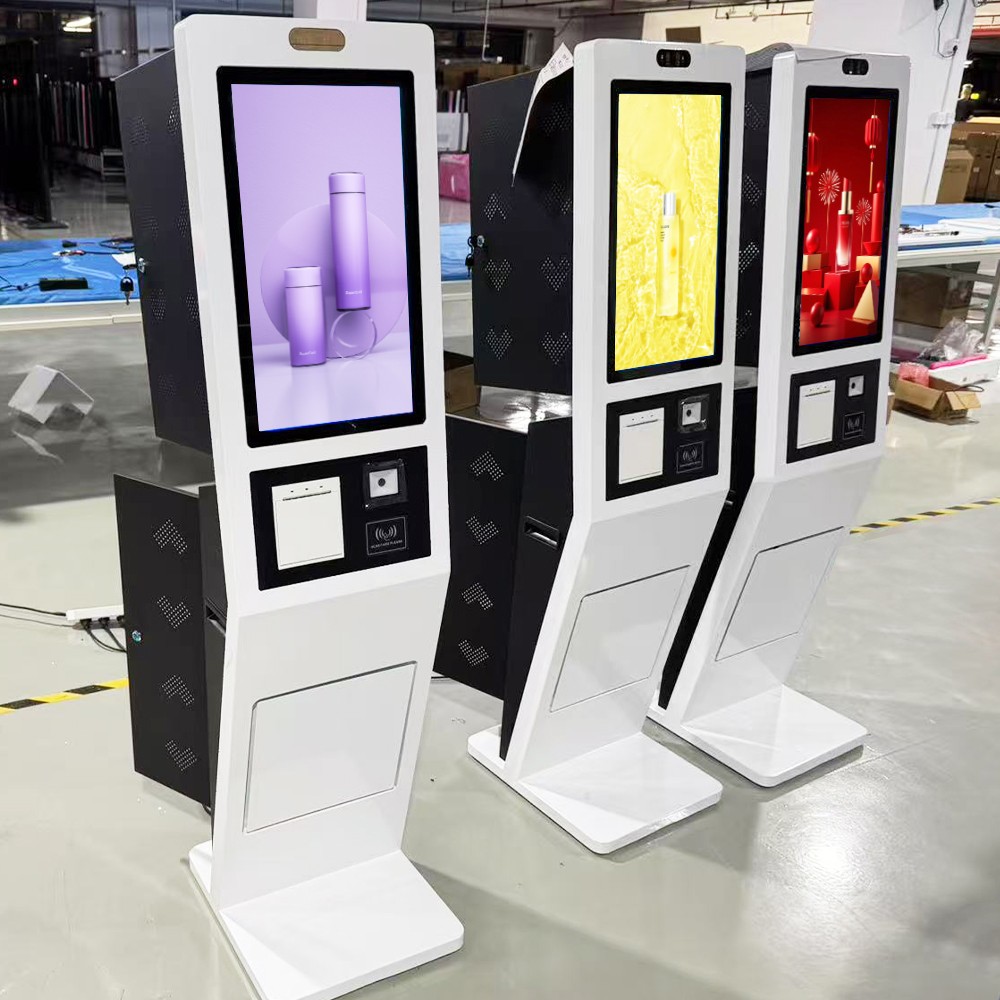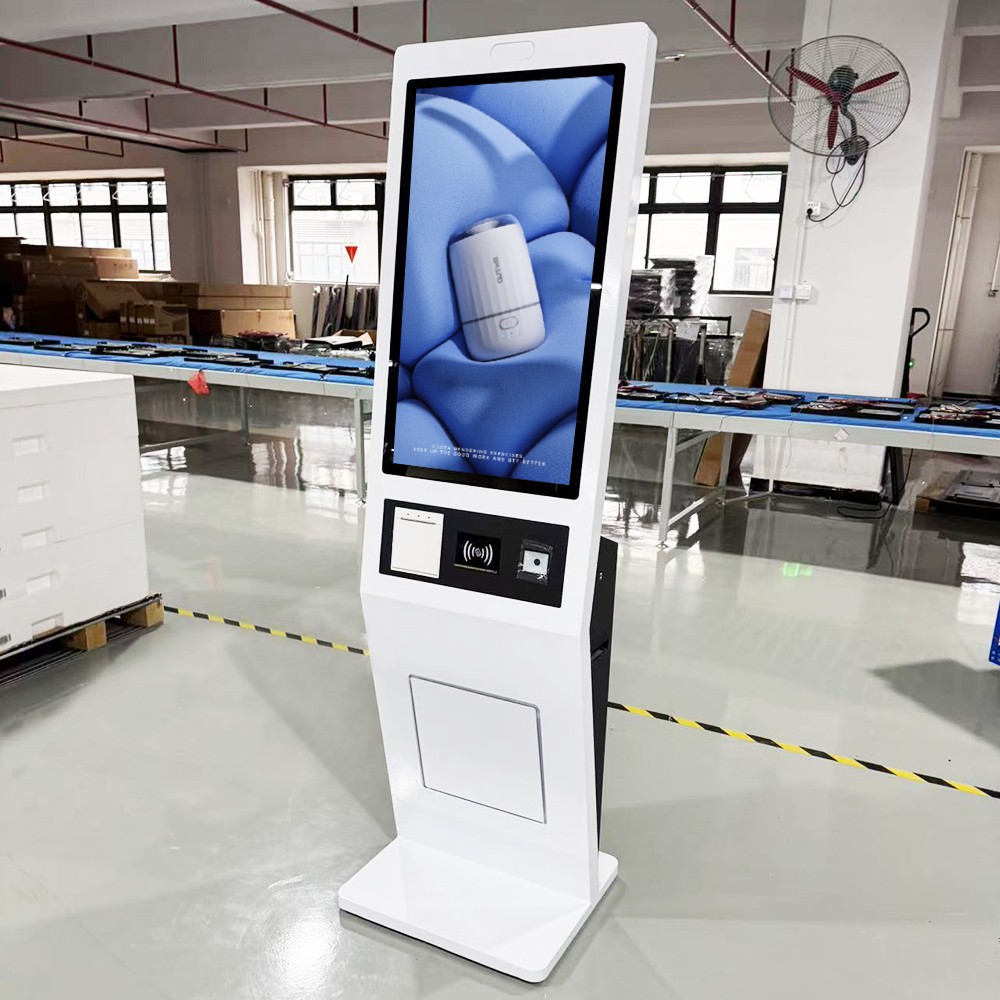What are the usage scenarios of self-service ordering machines?
With the continuous development of technologies such as the Internet of Things and AI, self-service ordering machines will continue to improve in terms of functional richness, ease of use, and intelligent management, providing stronger impetus for the digital transformation of the catering industry.
1. Time optimization plan for catering in transportation hubs
Catering venues in transportation hubs such as airports and high-speed rail stations have extremely high requirements for service speed. Passengers are usually in a hurry and cannot stand waiting in line for a long time. This type of scene is particularly suitable for deploying large-size (such as 32-inch) vertical self-service ordering machines.
In fast food restaurants in busy transportation hubs such as Don Muang Airport, self-service ordering machines have become key equipment to improve dining efficiency. Compared with mobile phone code scanning ordering, self-service ordering machines have obvious advantages: the large screen has better visual effects and the menu browsing is more intuitive; the ordering process is not affected by the mobile phone network speed; it will not be disturbed by calls or other APP notifications, and the concentration is higher. These characteristics enable passengers to complete the ordering in the shortest time, which meets the needs of the "time is money" demand of the travel crowd.
2. Cost-saving tool for snack bars and noodle shops
Compared with large chain restaurants, small catering places such as snack bars and noodle shops often face greater labor cost pressure. After the epidemic, more and more such stores began to introduce machines as an effective means to reduce operating costs.
Take Haidilao's noodle shops as an example. Almost all of its stores opened in many places across the country use self-service ordering machines. Customers complete ordering and payment by themselves, which greatly reduces the demand for cashiers. For small catering owners, the investment of a machine can be recovered in a relatively short period of time through labor cost savings. It is estimated that the application of ordering equipment and software can help restaurants reduce 1-2 manpower, which not only saves salary expenses, but also reduces the time cost of personnel training and management.
The self-service ordering machines in snack bars are usually more streamlined, but pay special attention to the convenience of payment. The equipment is mostly equipped with a face-swiping payment module, which is in line with the current trend of contactless payment and can enjoy the official equipment subsidies and transaction rewards of the payment. At the same time, such equipment is also often used as an advertising display screen to play store signature dishes or promotions during off-peak hours to improve marketing effectiveness.


